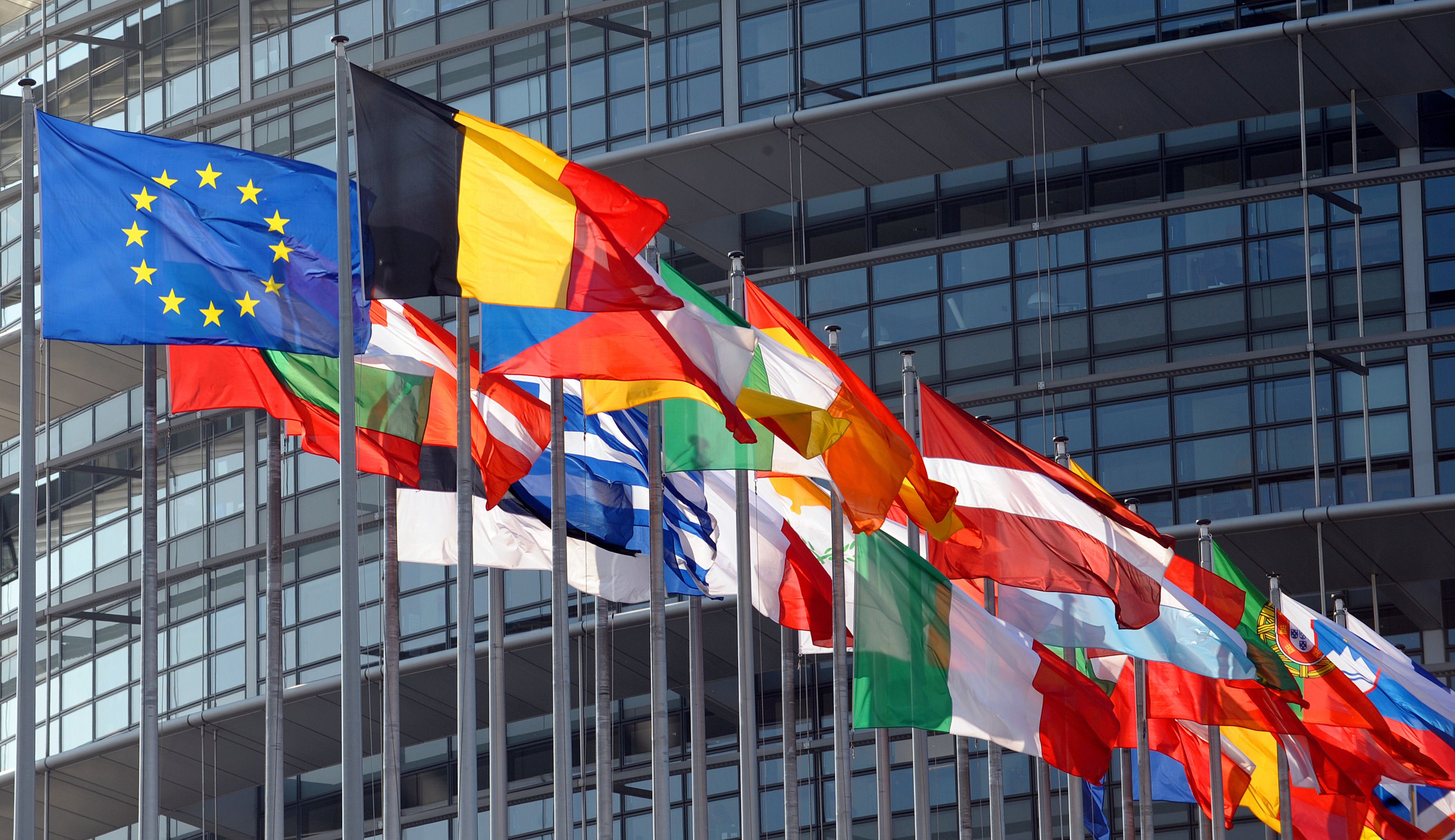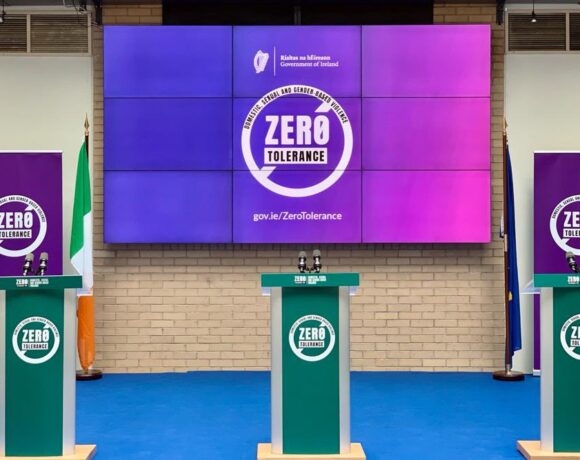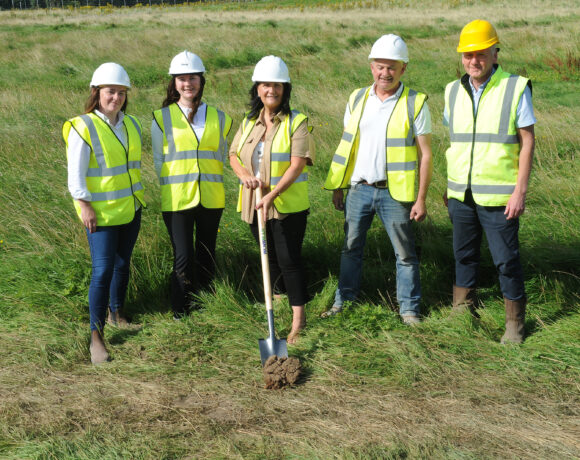The future of the Irish language in 2017 might be unclear, Dr John Tinsley examines how Machine Translation holds the key to addressing some of the translation challenges, thus ensuring its preservation and future.
When reading a news article, you don’t know, or necessarily care, if it was written in Chinese and then translated in English, you just care that it’s in a language you can read. Translation is one of those things that is a lot more pervasive than you’d think, only it mainly happens behind the scenes, and only makes the headlines when something goes wrong!
Europe is a obviously a melting pot when it comes to the translation industry because of the number of languages spoken across the continent. What you might be surprised to learn is that – within Ireland and beyond – there is a significant demand for translation into the Irish language.
Translating Irish in Ireland
Irish has Constitutional recognition as the national and first official language of the country. English is also an official language, making Ireland a bilingual country from an administrative perspective. According to the Official Languages Act 2003, all state companies are obliged to have bilingual signage and stationary, and have Irish language options
on their websites.
Government bodies and departments are required to translate a broad range of documents – legislation, Dáil proceedings, press releases, and speeches are amongst the information first written in English and then translated into Irish.
Furthermore, individuals and organisations corresponding with government and semi-state bodies and entitled to send and receive corresponding in Irish if they choose, creating further onus to provide and/or avail of translation services.
Irish in Europe
Irish has been recognised as one of 24 official working languages of the European Union since 2007. Until January this year, there was a derogation placed on that status meaning that not all EU institutions are obliged to translate all documentation into Irish.
However, that derogation has been lifted with a goal of having Irish fully integrated no later than 2022. This means that there is now a massive backlog of official documents that need to be translated into Irish, at a cost of roughly €3.5 million per year to the Irish Government.
In Europe, the ongoing translation burden falls on the EU who have earmarked €3.7 million in their 2018 budget and are aiming to recruit 26 Irish translators in Brussels.
The elephant in the room though – for both the Irish and European case – is where are all
of these translators going to come from?
Translator Shortage
Simply put, there aren’t enough Irish translators to get through all of this work in a reasonable amount of time. The pool of professional translators in Ireland is relatively small, numbering in the low hundreds, with many of them not working as translators on a full-time basis. The EU, even with it’s attractive salaries is struggling to recruit translators.
Just over 9 months after advertising the aforementioned 26 vacancies in Brussels, only 3 have been filled. There’s a huge supply and demand issue that can only be resolved by one means: technology.
Technology to the Rescue
Machine Translation, or MT, is software that translates text from one language into another. Though this type of software has been around since the 1940’s, it was only brought to the masses in the Internet age of the late 90’s / early 2000’s through online services such as Alta Vista Babelfish and Google Translate. Since then, it has come on leaps and bounds in terms of the quality of translations it can produce.
That is not to say it’s perfect, far from it. However, it has wide application across industries and holds the key to addressing some of the translation challenges with the Irish language.
“20 year strategy for the Irish language, 2010-2030”
MT can be used to speed up the translation process and save costs when it comes to publishing information and documentation bilingually in Ireland. It is can be used in two ways.
1. The first most and most common use is for gist translation; a quick rough translation to understand the basic premise of something.
2. The second, and most important, use in this particular case is as a productivity tool. MT technology can provide a draft translation of an English document in Irish, which the translators
can post-edit, or revise, where necessary, to bring it up to the required standard. This can allow translators to get through double the content in the same space of time.
Translation technology is not only crucial to meet the translation demands of today, it’s also critical for language preservation into the future. This why it has been prioritised by the Government in its “20 year strategy for the Irish language, 2010-2030”1.
In this report, machine translation has been highlighted as a key enabling technology, with
provisions in place to create the resources – bilingual data, terminology, dictionaries – to
support its development.
The future of the Irish language might not be so clear in 2017, but if we embrace the latest
technological advances, there’s a much better chance that the future will be bright.
 John Tinsley is the CEO and Co-Founder of Iconic Translation Machines, a translation software company headquartered in Dublin.
John Tinsley is the CEO and Co-Founder of Iconic Translation Machines, a translation software company headquartered in Dublin.
He is an expert in machine translation (MT) technology, a field in which he holds a PhD from Dublin City University. The foundations of Iconic are built on methods that John pioneered over almost a decade of research and development.
John also acts as an expert consultant with the European Commission, providing guidance on language technology initiatives.
1 http://www.ahrrga.gov.ie/app/uploads/ 2015/07/20-Year-Strategy-English-version.pdf













